On April 25-26, Aarhus University hosted the first major international f2f conference on Citizen Science since the beginning of the Covid 19 pandemic. The Engaging Citizen Science Conference 2022 (CitSci2022 for short) was organized by the Danish Citizen Science Network with support from Aarhus and Aalborg Universities and Novo Nordisk Fonden. The conference program covered virtually all facets and aspects of Citizen Science – with topics ranging from Citizen News platforms, biohacking, Youth Citizen Science, biodiversity, clean energy, SDGs, AI, cultural heritage or Patient Science to questions of evaluation, quality assurance and institutionalization of Citizen Science.
Nevertheless, the organizers used the first keynote and the panel discussion on the second day of the conference to set a clear thematic focus – namely on the concept of ‘community’.
Information about the congress.
Heidi Ballard (UC Davis), in her opening talk on Engagement and Learning through Community and Citizen Science, encouraged project initiators and coordinators to direct their attention to communities instead of focusing exclusively on the individual. She emphasized the untapped potential of social learning, distributed knowledge and networked skills, and pointed out that even in impact research, community-level effects and outcomes have often been overlooked. Last but not least, she called on professional scientists to integrate relevant communities into the research process from the very beginning and to grant them larger influence on study and project design.
Several successful examples of such co-creative projects, which are initiated by civil society actors or at least involve them equally in all project phases and areas, were introduced in the panel presentations of Ida Theilade (University of Copenhagen), whose team is conducting research on illegal logging in cooperation with local village communities in Cambodia, and Michael Koie Poulsen (NORDECO), who has been working for years with indigenous communities in Greenland to integrate local knowledge into the research discourse on biodiversity and conservation. Muki Haklay (University College London) presented projects in which Community Scientists are consulted in the development of technical infrastructure (such as apps) and retain control over the storage and use of the research data they collect. Rikke Magnussen (Aalborg University) showcased a CS project that targets neighbourhoods rather than individuals, giving them the opportunity to identify problem areas and influence urban planning in their own living environment.
Conference held at Aarhus University.
Of course, co-creative or grassroots projects in which research merges with activism also have political implications, which Dick Kasperowski (University of Gothenburg) addressed and critically reflected in his closing keynote. Using the example of a recent legal dispute over logging in ancient, biodiverse Swedish forests, he pointed out that Citizen Science can potentially help undermine the authority and credibility of democratically legitimized institutions (in this case the national forest agency).
Apart from the keynote and panel presentations mentioned above, interactive formats such as workshop, roundtable and demo session dominated the program. While, due to the large number of participants, this unconventional approach posed some communicative challenges, it also facilitated a lively, open-ended and multi-voiced exchange and thus proved to be a fortunate choice. As one participant noted during the final discussion, a logical next step could be to actively involve Citizen Scientists in future conferences – and thus in the scientific discourse on Citizen Science.
The CS Track consortium contributed two posters and a demo session. One poster was dedicated to the Activities & Dimensions Grid of Citizen Science developed by Christine Urban and Michael Strähle, the other summarized research conducted by Miriam Calvera, Ishari Amarasinghe, Vincent Schmid-Loertzer and Marius Oesterheld on the topic of individual learning outcomes in Citizen Science. The demo session was organized and chaired by Cleo Schulten, who presented an analytics workbench designed by the CS Track team at RIAS to automatically analyze project descriptions.
For those who did not have the opportunity to join the conference on site or via livestream, at least a partial recap will be available online: Recordings of the keynote lectures, presentations, as well as graphic recordings by artist Frits Ahlefeldt will shortly be uploaded to the conference website.
A conference volume with selected papers is to be published digitally on the open access platform Proceedings of Science.
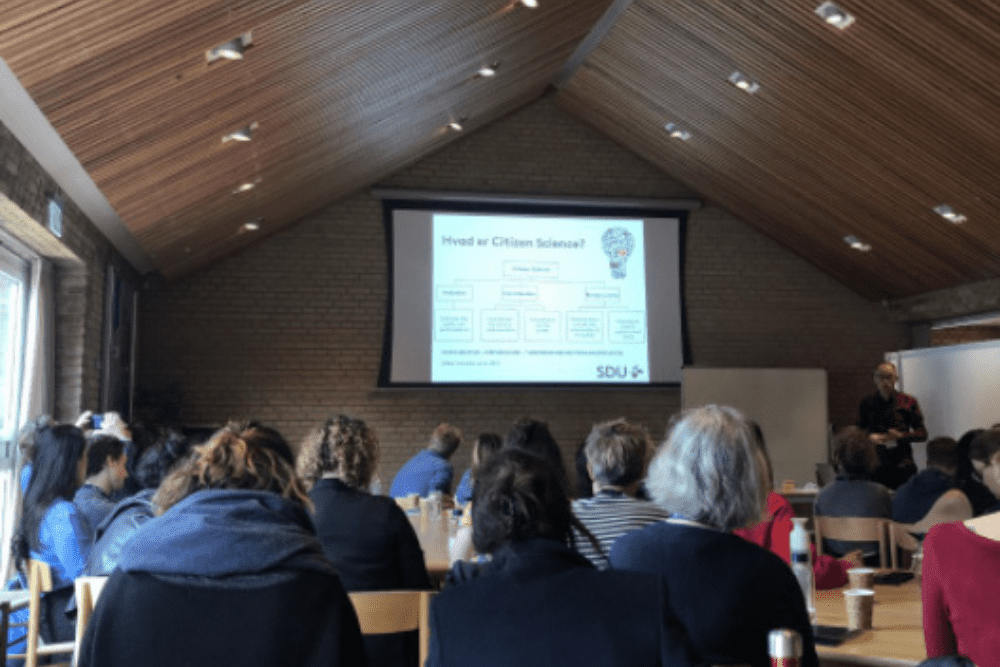


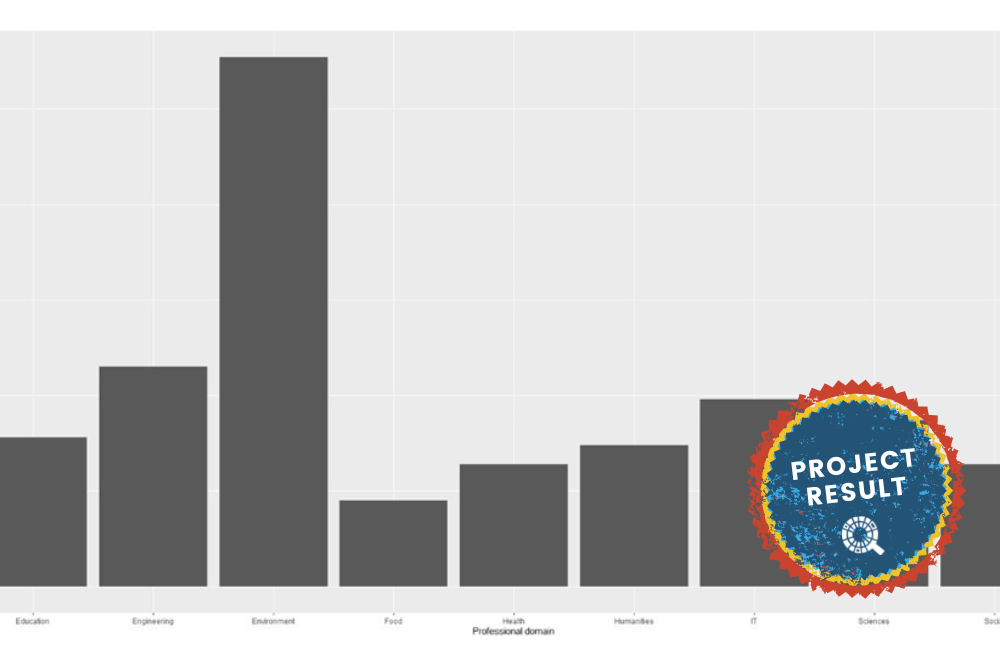
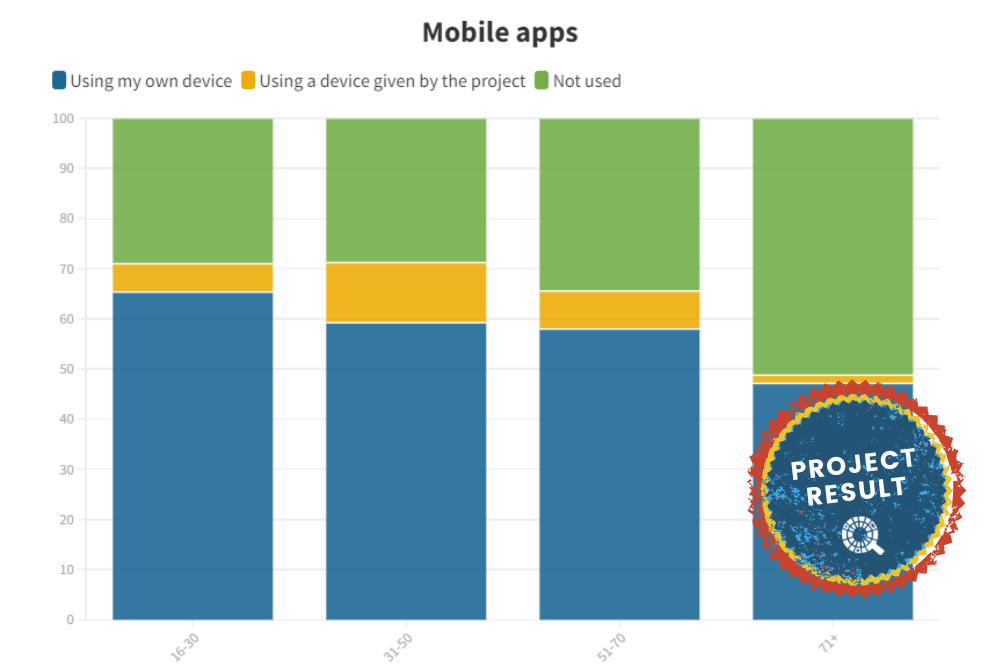
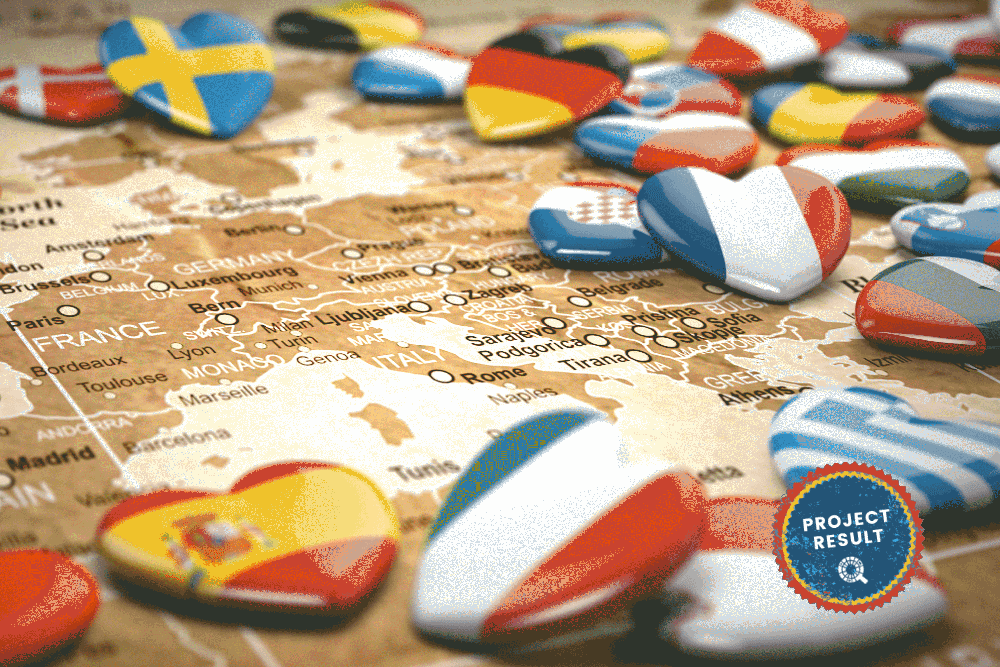
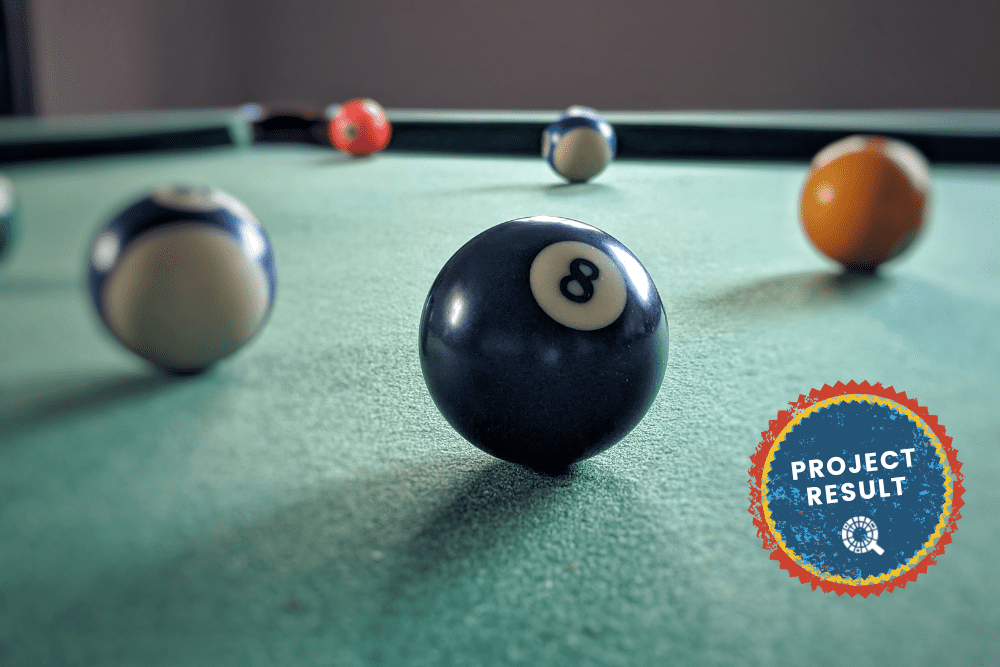


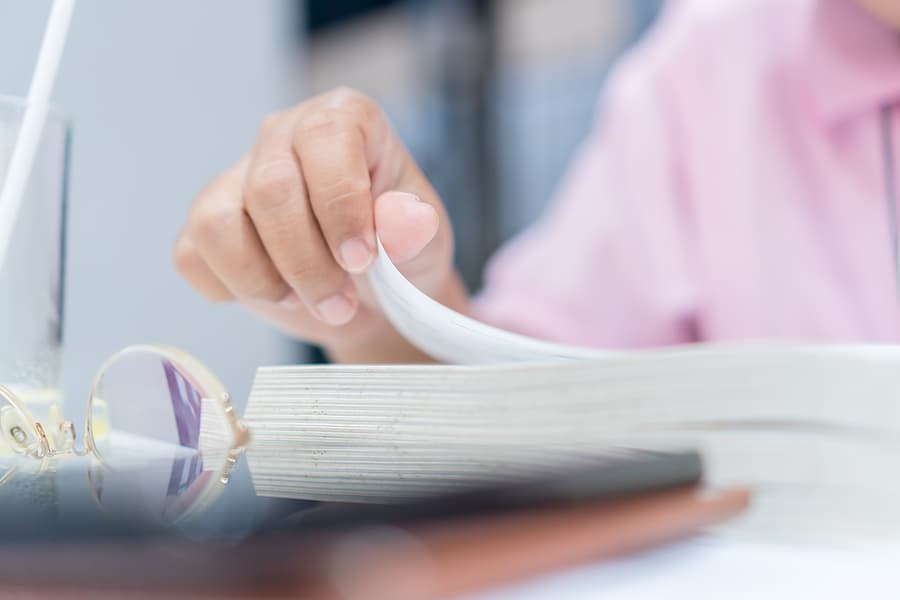

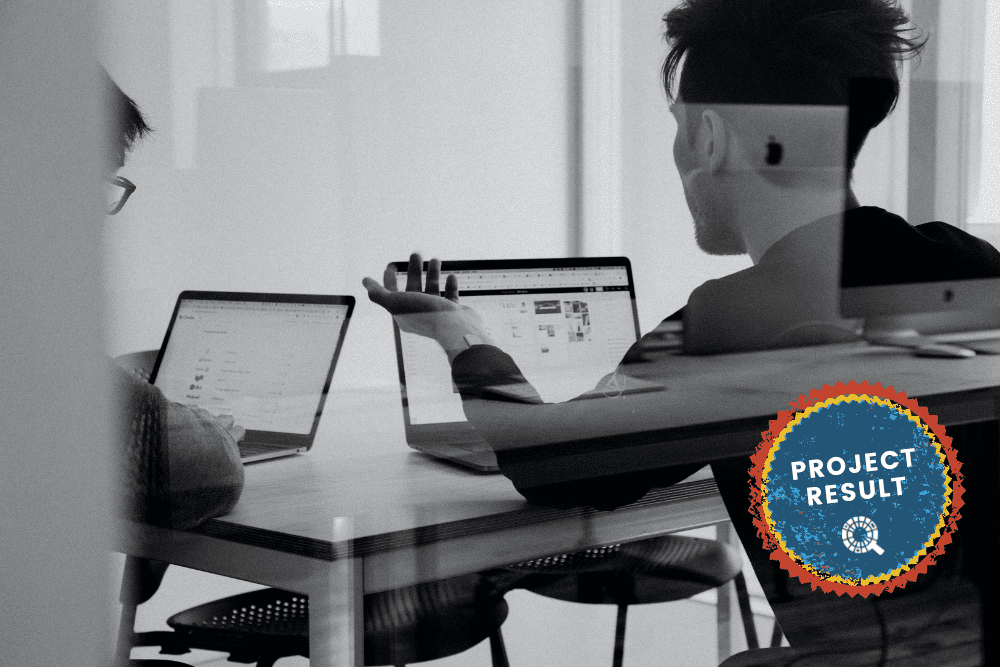

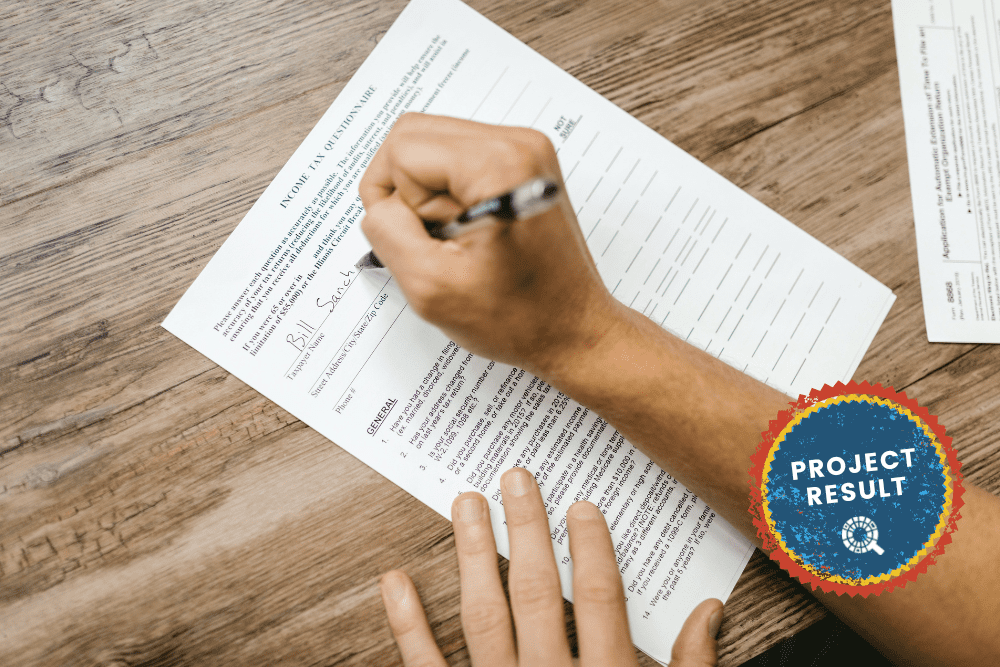
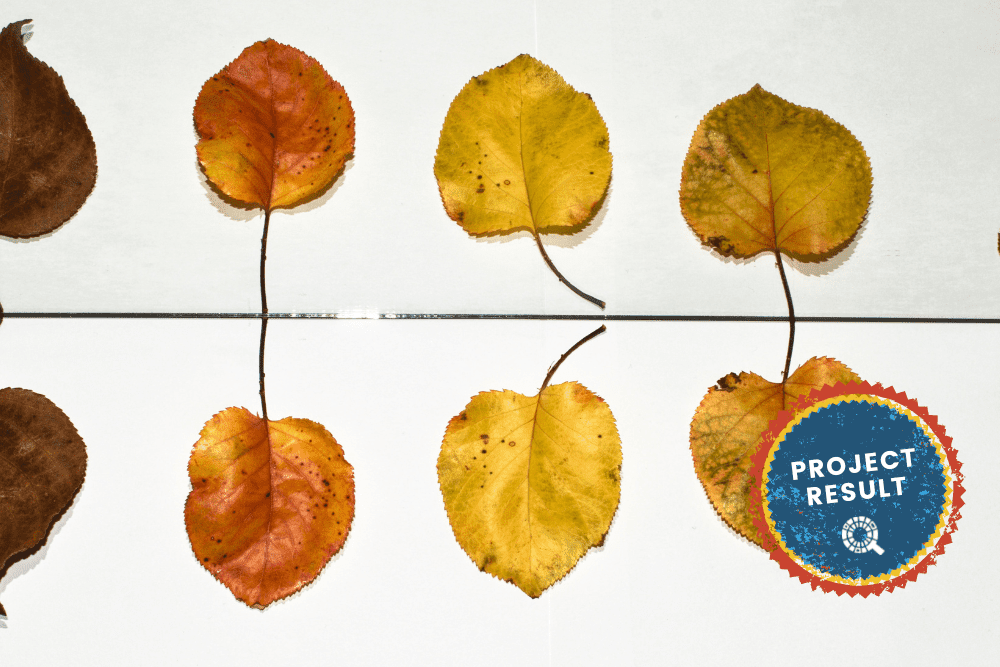
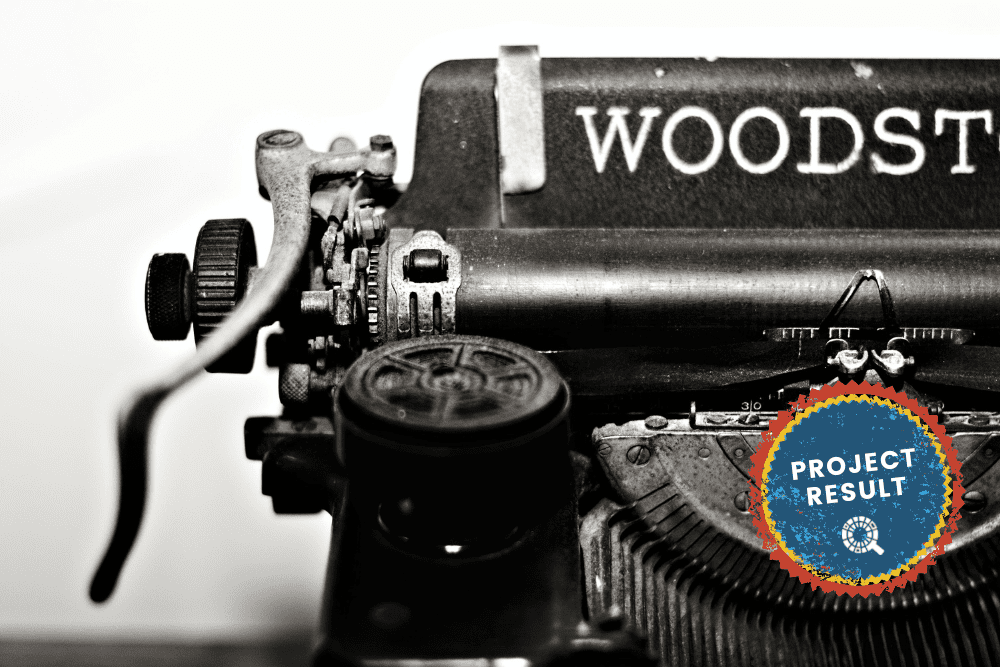
0 Comments